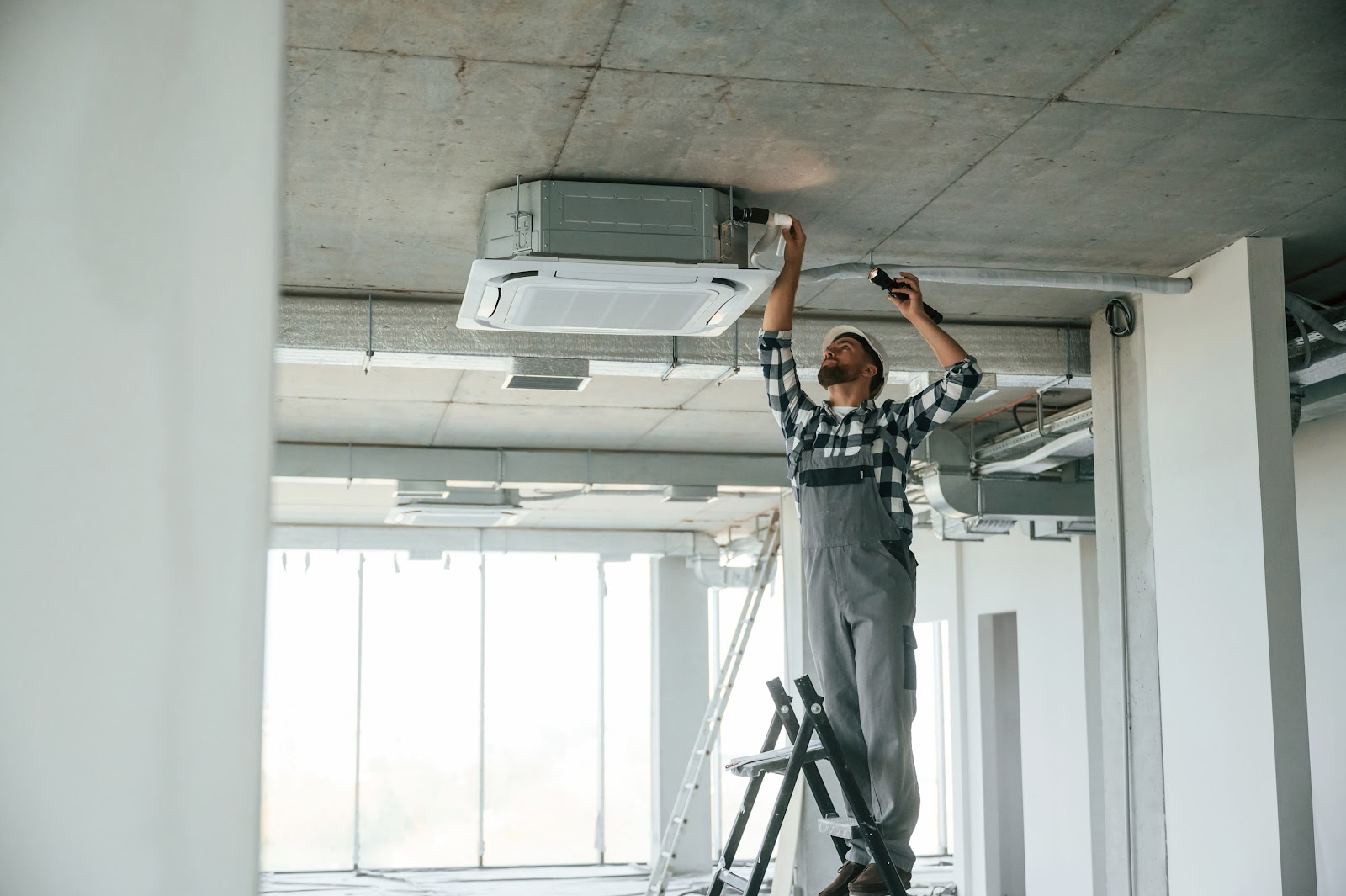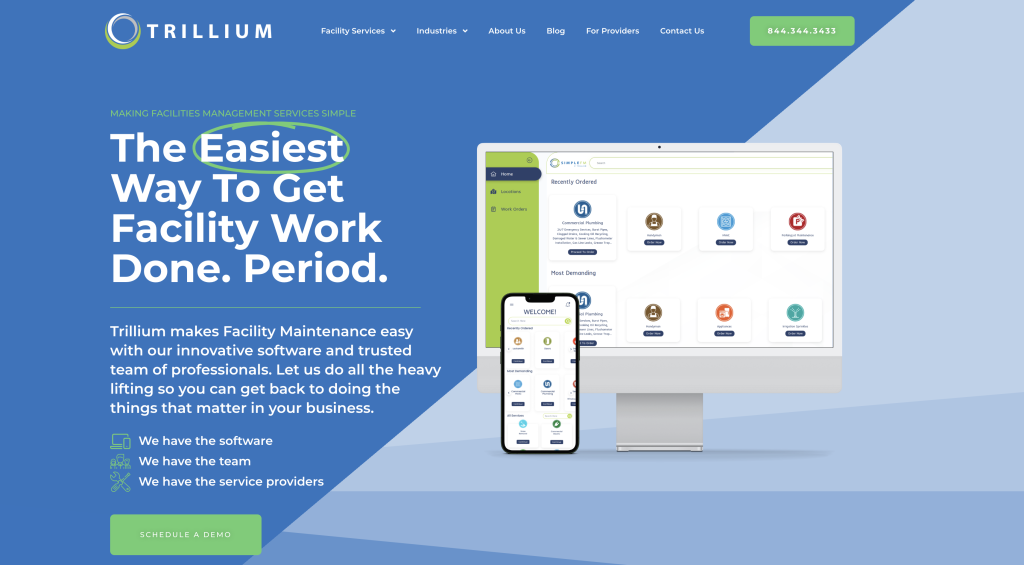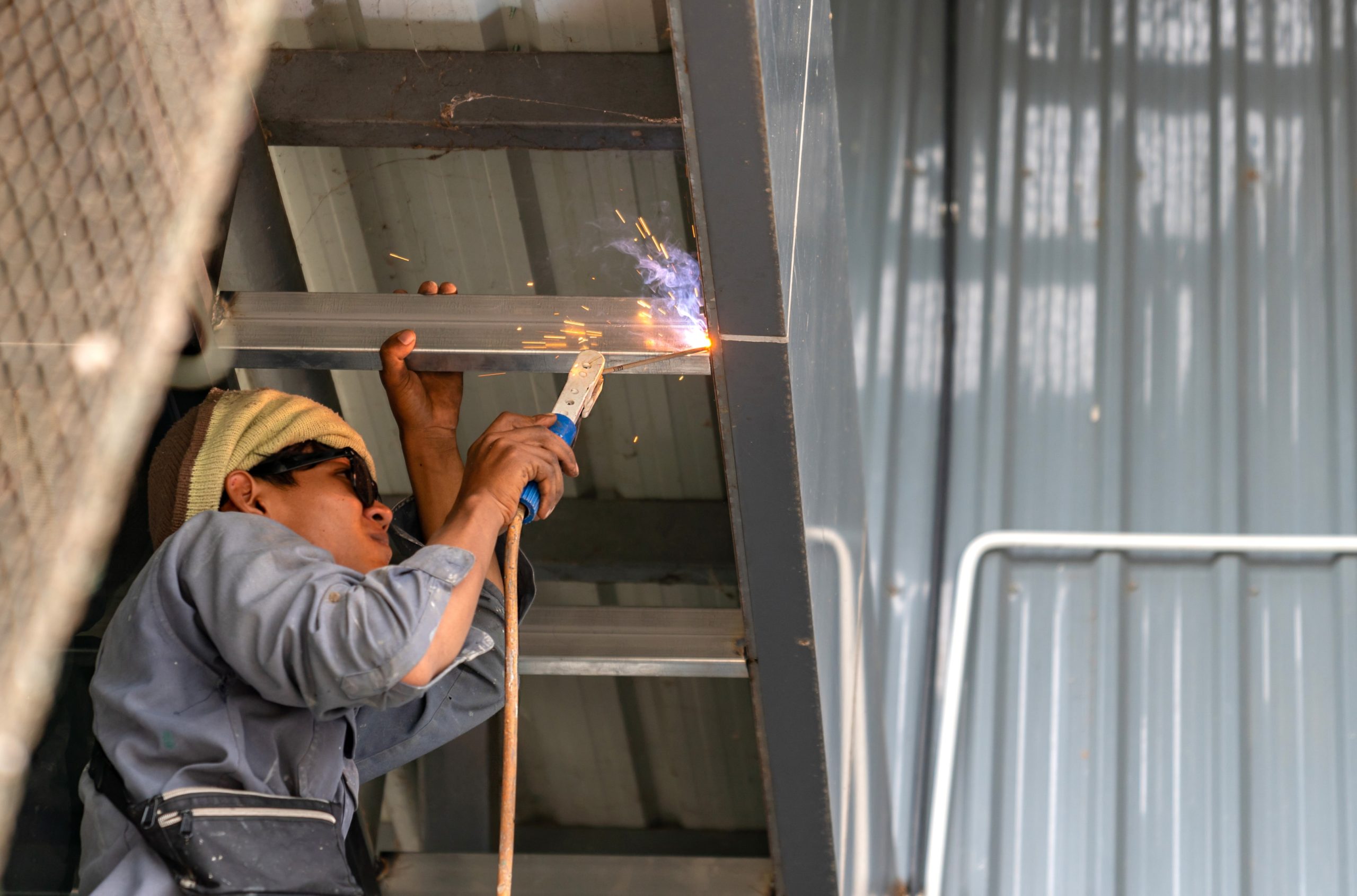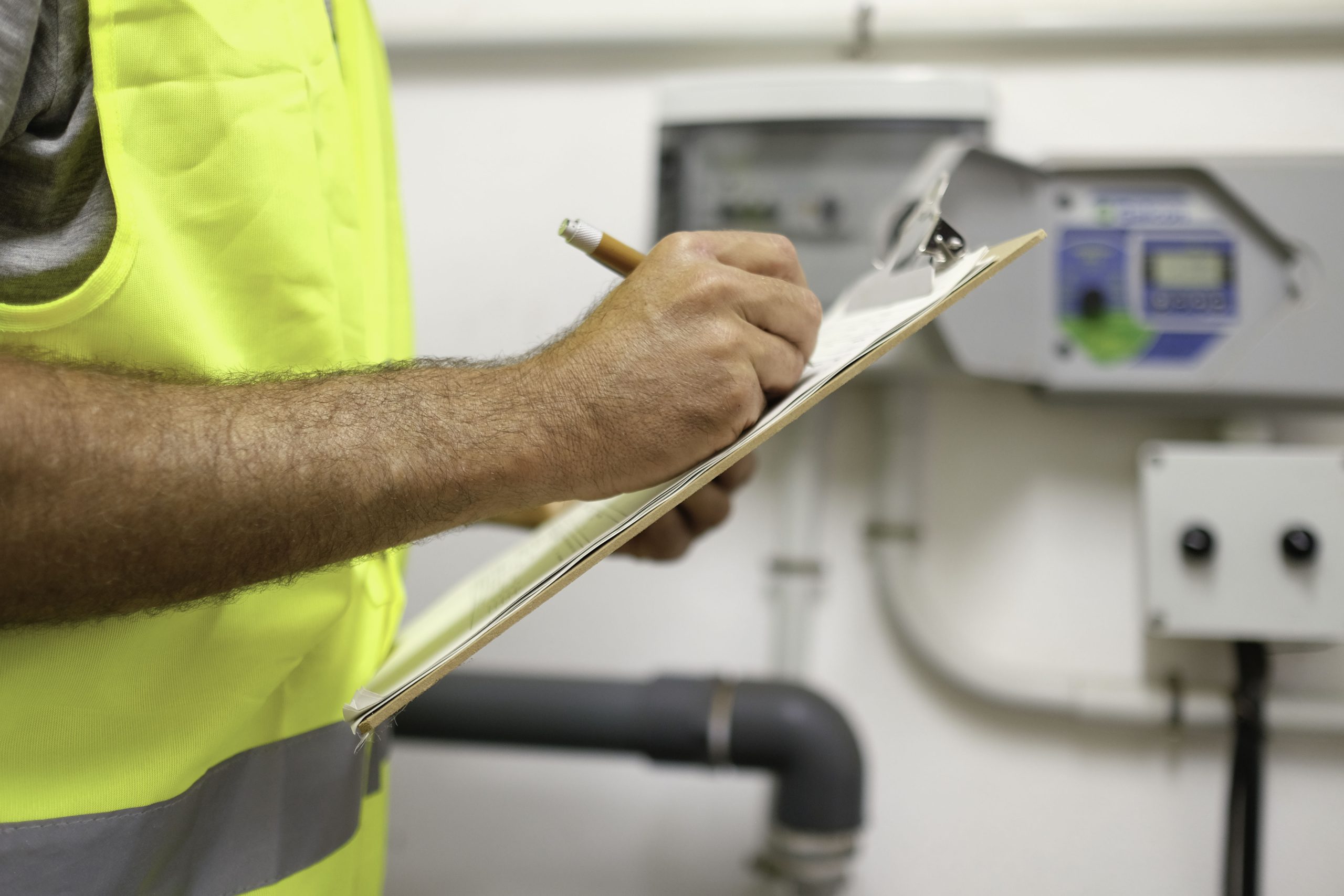When your HVAC system works, no one thinks about it. When it doesn’t, it’s all anyone notices. Employees complain, customers feel uncomfortable, and energy bills climb for no clear reason.
The problem isn’t just sudden breakdowns. Small issues build up over time. Dirty filters, worn-out parts, and neglected maintenance force the system to work harder than it should. This leads to costly repairs and unnecessary disruptions.
A well-managed HVAC system reduces overhead and helps businesses avoid unexpected downtime. Facility managers who prioritize routine upkeep can extend the life of their air conditioning systems and avoid expensive repairs.
This guide covers what every business owner needs to know about commercial HVAC management. Whether you’re looking to cut expenses or get more life out of your air conditioning system, you’ll find it all right here.
What Is a Commercial HVAC System?
A commercial HVAC system controls temperature, airflow, and air quality in large spaces like offices, retail stores, and warehouses. Unlike residential systems, they’re built to handle bigger areas, more people, and constant use.
These systems do more than just heat or cool. They keep air circulating, remove humidity, and filter out dust and allergens. When they’re working right, no one notices. When they’re not, productivity drops and energy bills climb.
A commercial air conditioning system is made up of multiple parts working together. If one piece fails, it can throw off the entire system.
- Air handling units (AHUs) move air through the system and into your building.
- Chillers and boilers control cooling and heating.
- Ductwork and vents distribute air throughout the space.
- Filters and coils help clean and condition the air.
- Thermostats and sensors regulate temperature and adjust settings automatically.
How Commercial HVAC Systems Operate
Commercial HVAC systems regulate airflow, filter out contaminants, and balance humidity. The system pulls in air, conditions it, and circulates it back into the building.
Heating works by burning fuel, using electric elements, or relying on heat pump systems to warm the air. Cooling happens by pulling heat from the air and releasing it outside. Ventilation makes sure stale air is replaced with fresh, clean air. The entire process runs on a carefully balanced cycle of heating, cooling, and airflow management.
If any part of this process isn’t working correctly, the system has to work harder. A clogged filter or a dirty evaporator coil can slow airflow, reducing the system’s cooling efficiency. A failing thermostat can cause overcooling or overheating. Small issues like these add up over time, making the system less effective and driving up energy use.
Regular checkups keep everything running as it should. HVAC systems rarely fail all at once. Problems start small and then grow into bigger issues. Proper maintenance helps catch these early, so they don’t turn into major disruptions.
How to Choose the Best Commercial HVAC System for Your Business
HVAC systems vary in performance, energy use, and durability. Some struggle with heavy daily use, while others waste power by cycling on and off too often.
The best option matches your building’s size, layout, and temperature demands without overworking or underperforming. It should handle temperature fluctuations, integrate with automation, and keep expenses manageable.
Key Factors to Consider
An HVAC system that’s too small can’t keep up with demand, leaving some areas too hot or too cold. An oversized system wastes energy, constantly cycling without running at full capacity. Several factors affect how well a system will perform in a commercial space:
- Building size and layout: The number of floors, open spaces, and work areas affect airflow and temperature distribution.
- Energy ratings: Higher SEER (Seasonal Energy Efficiency Ratio) ratings help lower energy consumption without sacrificing performance.
- Heating and cooling balance: Some businesses rely more on cooling, while others need stronger heating. Well-balanced commercial HVAC systems cover both.
- Automation and smart controls: Modern HVAC setups adjust temperatures automatically, reducing energy waste and improving comfort.
Selecting a system that aligns with the building’s workload helps prevent overuse, controls operating costs, and extends its lifespan.
Commercial vs. Residential HVAC Systems
Some business owners assume a residential HVAC unit can handle the job. A setup meant for homes isn’t built for commercial spaces and creates more problems than solutions.
Commercial systems manage larger spaces. They regulate airflow across multiple zones, keeping temperatures consistent.
They run longer without performance issues. Unlike home units that work in short cycles, commercial HVAC setups operate for extended hours without breaking down.
They connect with smart building systems. Many commercial models integrate with automation tools that improve performance and prevent wasted energy.
Investing in a commercial HVAC system avoids unexpected breakdowns and keeps the workplace comfortable year-round.

Commercial HVAC Maintenance
If they go unchecked, HVAC problems strain the system, drive up energy use, and lead to bigger, more expensive failures. Routine upkeep reduces the risk of breakdowns, lowers energy expenses, and helps your equipment last longer.
How Often Should You Service Your HVAC System?
Waiting until something breaks is the fastest way to rack up repair bills. HVAC systems should be checked regularly to keep everything running as it should.
- Monthly: Check for airflow restrictions and clear out vents to maintain indoor air quality.
- Quarterly: Inspect and replace air filters, clean coils, inspect ductwork for leaks, and check refrigerant levels to keep the system from overworking.
- Annually: Schedule a full system inspection, test safety controls, and evaluate overall performance.
These tasks vary based on property conditions. For example, replacing air filters may be a monthly task for some.
Common Commercial HVAC Issues and How to Fix Them
Some of the most common air conditioning problems include:
- Weak airflow: Often caused by dirty filters, blocked vents, or issues with the air handling unit. Replacing filters and clearing obstructions usually solves the problem while improving indoor air circulation.
- Uneven temperatures: If some rooms are too hot while others are too cold, the thermostat, ductwork, or zoning controls may need adjusting.
- Rising energy bills: A sudden spike in energy use can signal a refrigerant leak, clogged coils, or failing components. A professional inspection can pinpoint the cause.
- Strange noises: Rattling, hissing, or banging sounds often mean loose parts, refrigerant leaks, or motor issues. Addressing these early prevents serious damage.
Most of these problems start small but get worse if ignored. Routine maintenance helps catch these issues early and improves indoor air quality by keeping airflow and ventilation at proper levels.
What Are the Benefits of Proactive Commercial HVAC Management?
Routine maintenance keeps energy use in check and prevents unnecessary expenses. Smart thermostats stop the system from running when it’s not needed, and regular tune-ups catch small problems before they turn into expensive repairs.
Upgrading to modern, energy-efficient equipment reduces power consumption and keeps indoor conditions comfortable without overspending.
A well-maintained HVAC system also makes the workplace more comfortable. Employees have a hard time focusing when they’re sweating in the summer or freezing in the winter. Temperature swings, weak airflow, and poor ventilation create distractions and lower morale. Customers notice too, and if a space feels too warm or stuffy, they won’t stick around for long.
Keeping the system in top shape keeps temperatures steady, controls humidity, and improves air quality. Fresh air and proper ventilation make employees more productive, customers more comfortable, and the entire space more welcoming.
When to Repair vs. When to Replace Your HVAC System
Some HVAC issues can be fixed with a simple repair, while others are signs that the system is past its prime. Knowing the difference saves businesses from spending too much on temporary fixes.
Consider replacing the system if:
- Repairs are becoming too frequent. If you’re calling for service every few months, the system is on borrowed time.
- Energy bills keep increasing. Older equipment struggles to maintain performance, using more power than necessary.
- Comfort issues aren’t going away. If some rooms are always too hot or too cold, even after repairs, the system may not be strong enough to meet the building’s needs.
- The system is over 15 years old. Commercial HVAC systems have a lifespan, and once they pass a certain age, breakdowns become more common.
If the system is still performing well and repair costs are low, a professional tune-up or targeted repairs may be all that’s needed. But when expenses keep piling up, replacement is often the smarter choice.
Installation Challenges and Considerations for Commercial HVAC
Installing a new commercial HVAC system isn’t as simple as swapping out the old unit. You need to consider placement, size, energy efficiency, and compatibility with existing ductwork and automation systems.
Many commercial HVAC units are installed on rooftops to save space and reduce noise, but that comes with structural and maintenance considerations.
Zoning and airflow distribution also matter, especially in larger buildings. A system that can’t regulate temperatures across different areas will cause hot and cold spots, leading to discomfort and energy waste. Smart controls and automation help prevent these problems by adjusting temperature settings based on occupancy and usage patterns.
How to Extend the Life of Your Commercial HVAC System
HVAC systems don’t last forever, but regular upkeep can add years to their lifespan. Skipping maintenance leads to worn-out parts, higher energy use, and unexpected breakdowns. A system that runs under constant stress won’t last as long as one that gets routine care.
The easiest way to prevent problems is to fix small issues before they turn into major repairs. Dirty filters, low refrigerant, and clogged vents force the system to work harder, wearing it down faster. Replacing filters, keeping vents clear, and scheduling tune-ups keep everything running without unnecessary strain.
A maintenance contract makes this easier. Instead of waiting for something to break, regular service checks catch problems early, lower repair costs, and keep the system running without disruptions. If you don’t neglect routine maintenance, you’ll spend less on emergency repairs and get more years out of your equipment.
Tips for Choosing a Commercial HVAC Service Provider
A reliable HVAC service keeps your system running without any hassle. Look for experience, quick response times, and a track record of quality work. A provider that offers 24/7 emergency service and preventative maintenance plans helps businesses avoid breakdowns and unexpected expenses.
Communication matters, too. If a provider isn’t upfront about pricing, service timelines, or repair options, it’s a red flag. The best companies explain issues clearly, offer practical solutions, and don’t push unnecessary repairs.
Order HVAC Services When You Need Them With Trillium

HVAC maintenance shouldn’t come with hidden fees, overpriced services, or contracts that lock you in. Traditional facilities management adds unnecessary markups and forces businesses into rigid agreements. Trillium gives you a better way.
Trillium’s facility maintenance software lets you submit and track work orders anytime from anywhere without extra charges. There are no minimum order volumes or required on-site personnel. You get reliable service when you need it at a price that makes sense.
With 24/7 service across 47 states, Trillium connects you with top HVAC providers without inflated costs or long-term commitments. Whether it’s preventative maintenance or an urgent repair, you get the service you need on your terms.
Stop overpaying for HVAC maintenance. Try Trillium’s facility management software!
FAQs About Commercial HVAC Management
What is the $5000 rule for HVAC?
The $5000 rule helps determine whether to repair or replace an HVAC system. Multiply the cost of the repair by the system’s age in years. If the total exceeds $5000, replacement is usually the better option.
For example, if a 12-year-old unit needs a $600 repair, the calculation is 12 × 600 = 7200, which suggests it may be more cost-effective to replace the system rather than continue repairing it.
What is an HVAC management system?
An HVAC management system monitors and controls heating, ventilation, and air conditioning equipment to optimize performance, efficiency, and energy use. It can range from basic programmable thermostats to advanced building automation systems (BAS) that regulate temperature, humidity, and airflow in large commercial spaces. Businesses use these systems to reduce energy waste, extend equipment life, and improve indoor air quality.
How do you maintain a commercial HVAC system?
Regular maintenance prevents breakdowns, reduces energy costs, and extends the system’s lifespan. A proper maintenance plan includes:
- Monthly: Check for airflow restrictions.
- Quarterly: Change air filters, clean the evaporator and condenser coils, inspect ductwork, and check refrigerant levels.
- Annually: Schedule a professional inspection, test thermostats, lubricate moving parts, and assess overall system performance.
Businesses that stick to a maintenance schedule keep their HVAC system running at peak performance.









